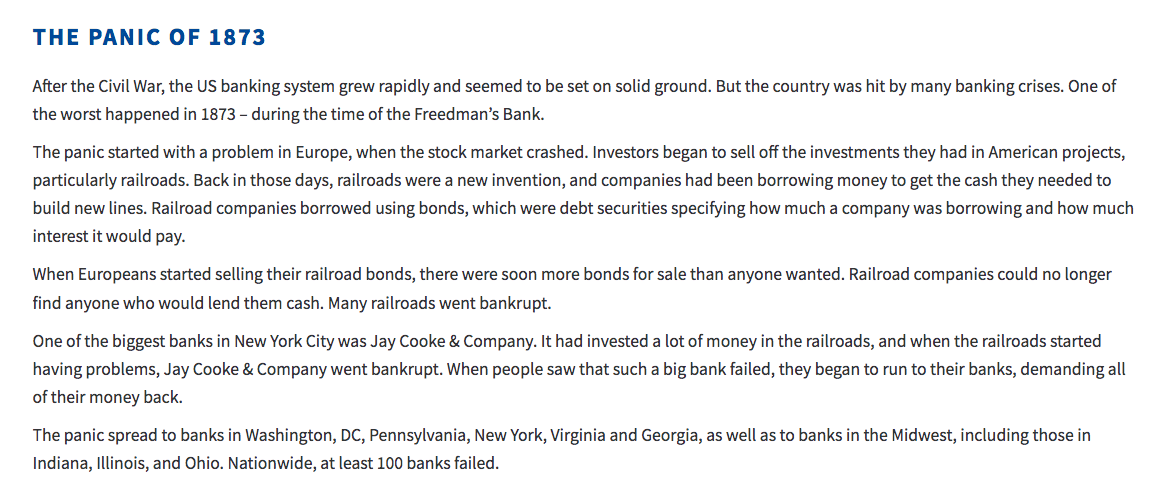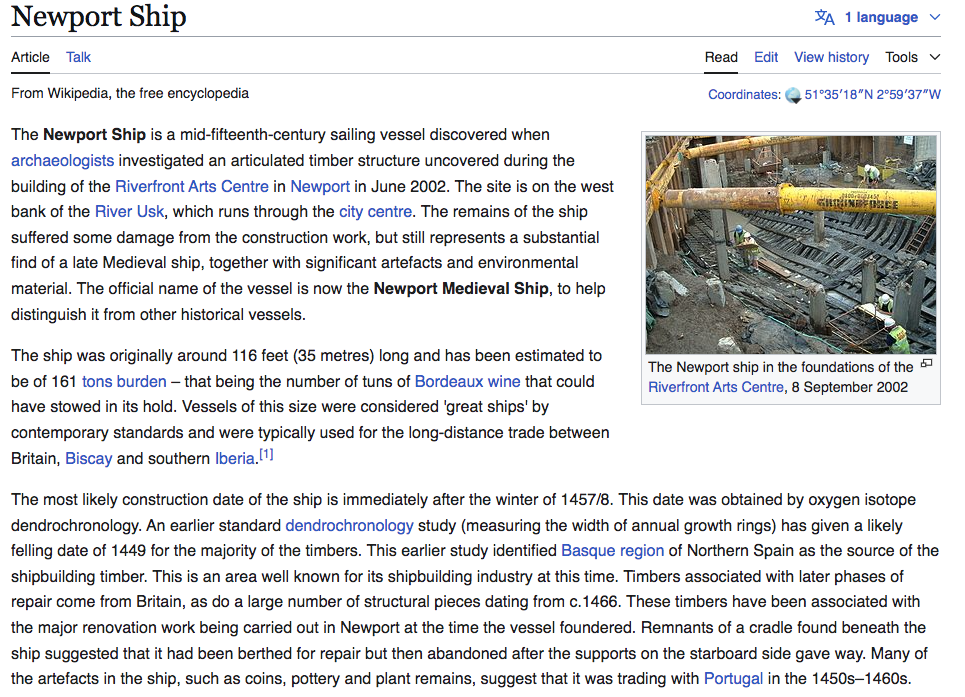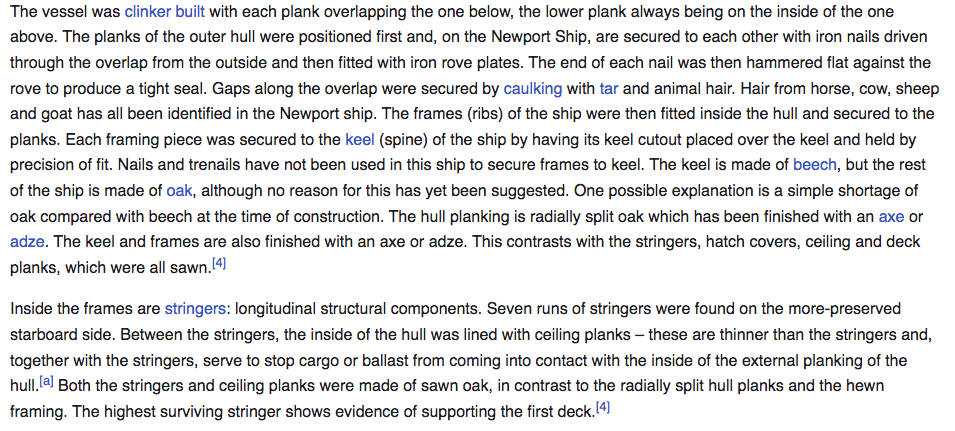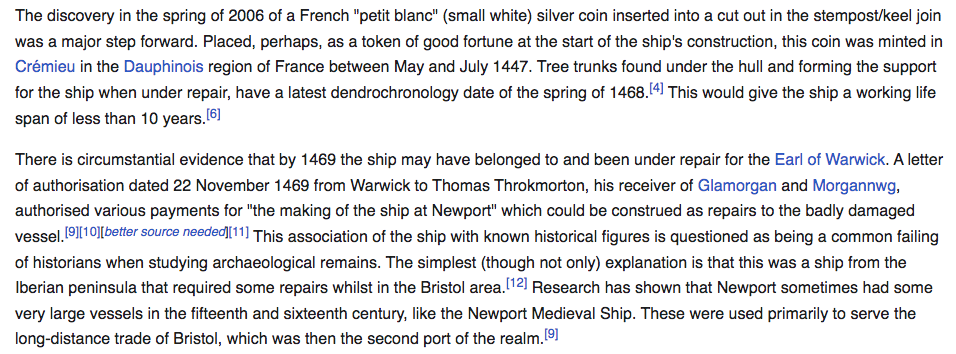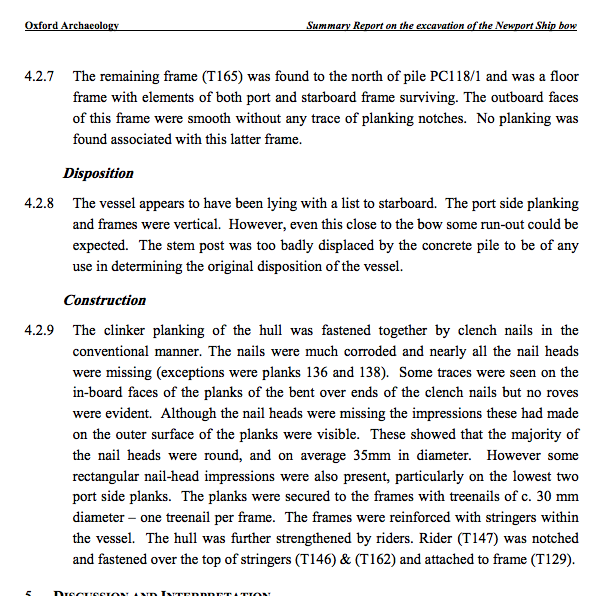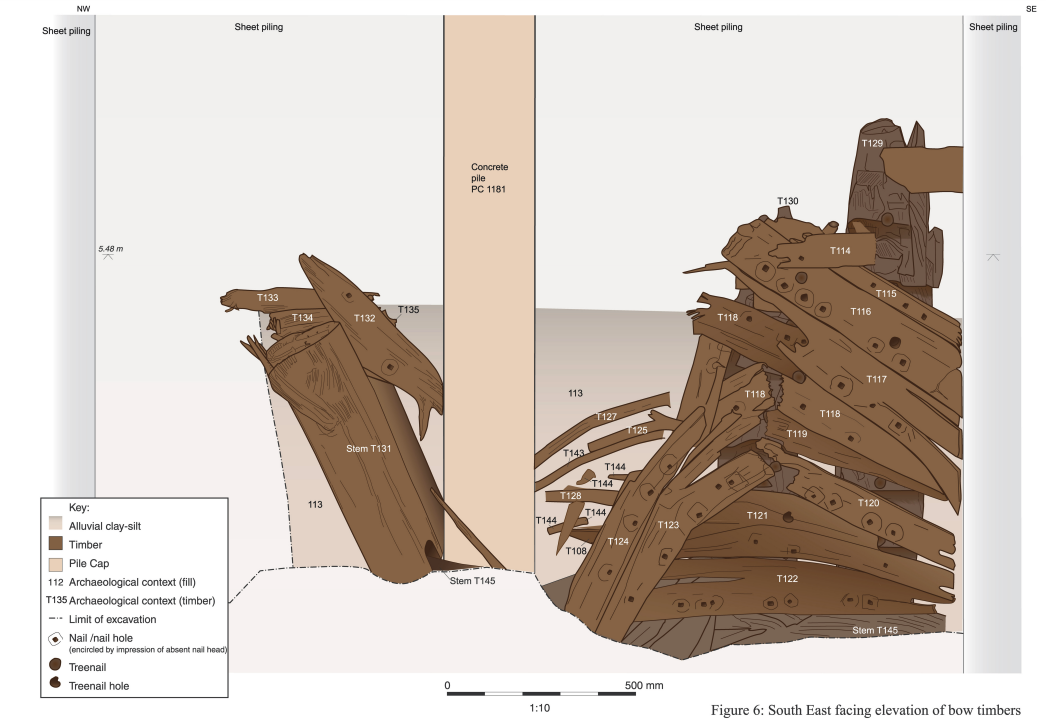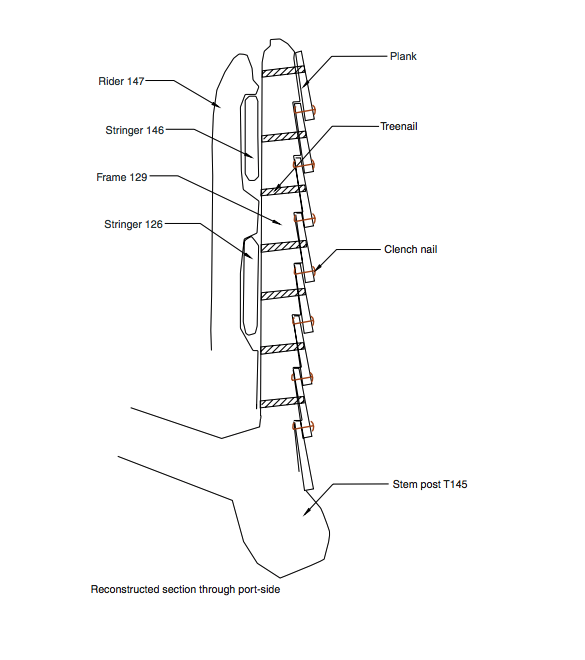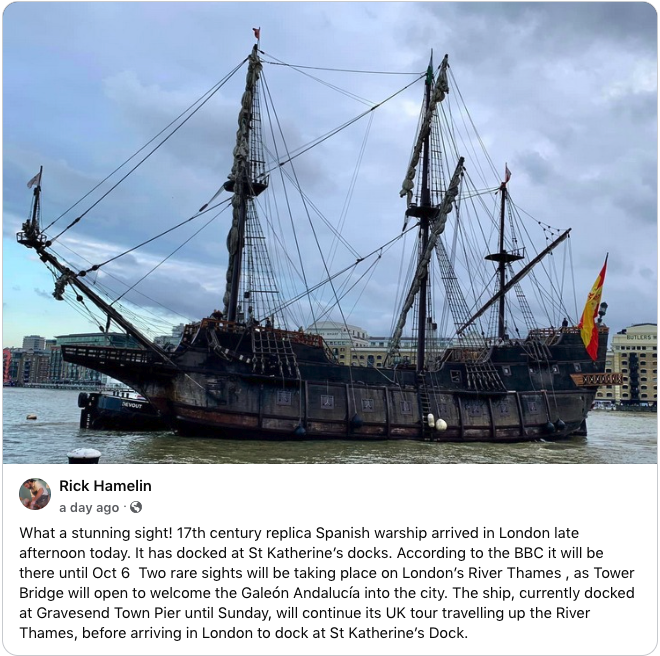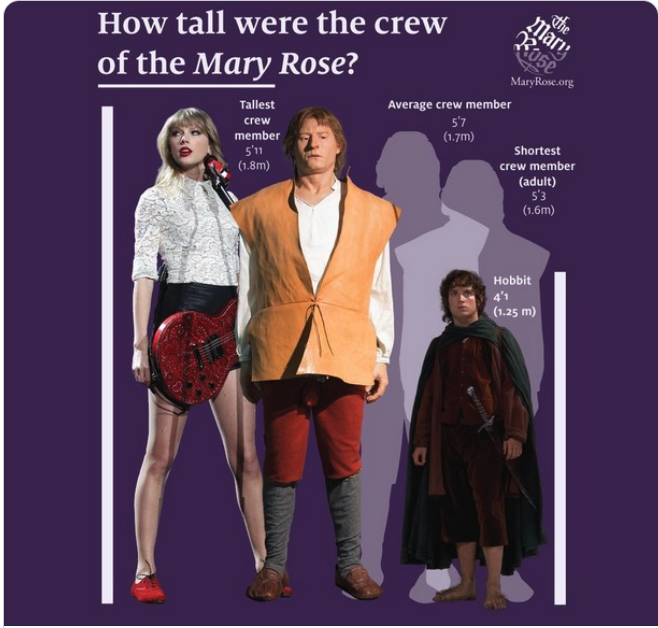-
Posts
1,439 -
Joined
-
Last visited
Content Type
Profiles
Forums
Gallery
Events
Everything posted by Snug Harbor Johnny
-
'Quite forgot about the "Panic of 1873", which caused a severe recession (only exceeded by the 'Great Depression" of the 1930s) for several years and the failure of some 100 banks. Noted for railroad failures and the lost fortunes of many investors and ordinary savers, the severe recession also impacted the ship building industry. 'Can't help but think that McKays finances took a devastating hit (as did many others), and there were no 'safety nets' (e.g. energy assistance, food stamps, Federal Deposit Insurance, unemployment insurance, etc.) in those days. Many hard working people in their later years were unable to every recover from so great a loss, while those still in their prime had the time and energy to 'start over' and recoup.
- 345 replies
-
- Flying Fish
- Model Shipways
-
(and 1 more)
Tagged with:
-
Despite many successes with clippers, McKay's fortunes declined. Was that because all the profits went 'back into the business'? I suppose he could have saved more along the way to provide for his old age. Some text from his life post 1875 is copied below: Soon he found it useless to continue and reluctantly closed his yard and moved with his family to a farm in Hamilton, Massachusetts. Here he struggled to make a living from the ground and on September 20, 1880, died almost in poverty after a brilliant career that should have brought him great wealth and high honor. Donald McKay, Master Shipbuilder - U.S. Naval Institute
- 345 replies
-
- Flying Fish
- Model Shipways
-
(and 1 more)
Tagged with:
-
'Looks like the 'second guy' 'painting' may be leaning over the gunwale (like one might do in case of sea sickness) with his chest (or lower torso) bearing on the gunwale - permitting free use of both arms/hands to do whatever. The three points of contact with the ship are the torso and his two feet (not seen), which is a stable configuration - and with most of his weight being behind the gunwale, there is little risk of toppling over ... of course, he might be kneeling. The standing figure on the right gives a fair idea of the height of the gunwale above deck. I note that in some ship paintings, there are verticals at intervals projecting above that rail to support a higher rail. And shields can be affixed to this framework if needed for action.
-
I note that you painted the lines threaded through the railing stanchions (suitably tensioned), then gave them with white paint to stiffen ... This is a nice technique, and one that lessens the woes of threading brass wire through all the stanchions, getting them bent just right, avoiding kinks, removing kinks, cursing, etc. THANK YOU for this idea. I will have a bunch of railings to thread through an array of much smaller stanchions at 1:100 scale (when I get to that point) on the Gorch Fock restoration I've yet to finish. One can, I suppose, even put an extra coat on for extra stiffness - and subsequent sagging should not be a problem, as the paint should prevent water vapor from moving in or out of the line and making it get either tighter or looser. The original model had line wrapped around fine nails, then sealed with varnish - and for the estimate 70 year age of the model - the 'railings' held up fine (even though the stanchions were recognizable as nails). The advantage to taking liberal (in my case overlong) breaks in a complex project is that one will often see techniques others are using on whatever build they're doing ... and this can lead to a re-thinking of how to proceed. I'd much rather work smarter than harder
- 205 replies
-
- Endurance
- Shackleton
-
(and 2 more)
Tagged with:
-
Ahoy, Cap'n I see your challenge. By typing Polaris in the search bar, a number of logs were found, and by scrolling down a little I found Polaris by chadwijm6 - OcCre - First Build, and he ran into the same thing. He 'filled in' the gaps with plank wood (matching seams carefully), and that's likely how I'd do it myself. I've often 'worked around' goofs - and working in wood you can cut to shape and glue stuff in as needed. Above that log in the list is a complete Polaris build Polaris by ibozev - FINISHED - OcCre - 1:50 and you should study that all the way through. Looking at completed logs is a great way to see the sort of situations that can arise with a particular kit (and I've found that nearly every kit has either a glitch somewhere or the potential to misunderstand the instructions somehow). Look over your instructions alongside your review of a completed build, note any 'work arounds' done on the log, and annotate your instruction sheet(s) as needed.
-
'Found a few other nautical terms: Amidships – Condition of being surrounded by boats. Anchor – A device shaped so as to grip the bottom. It is secured to the anchor rode from the boat to hold the boat in the desired position. The anchor is often controlled by a windlass. Will often bring up mud samples from the bottom at inopportune or unexpected times. Baggywrinkle - The effect of sun and salt spray on your skin. Berth – A little addition to the crew. Bottom Paint – What you get when the cockpit seats are freshly painted. Chart – A nautical map often telling you exactly where you are aground. Clew – An indication from the skipper as to what he might do next. Companionway – A double berth. Dead Reckoning – A course leading directly to a reef. Deadrise – Getting up to check the anchor at 03:00. Deviation – Any departure from the Captain’s orders. Displacement – When you dock your boat and can’t find it later. Estimated Position – A place you have marked on the chart where you are sure you are not. Fairlead - Handicap given in a race between two ships of different rig. First Mate – Crew member necessary for skippers to practice shouting instructions to. Gollywobbler - The loser of a drinking contest. Headway – What you are making if you can’t get the toilet to work. Heave-Ho – What you do when you’ve eaten too much Ho. Keel – Term used by 1st mate after too much heel by the skipper. Landlubber – Anyone on board who wishes he/she were not. Latitude – The number of degrees off course allowed a guest. Mast – Religious ritual used before setting sail. Mizzen – An object you cannot find. Orlop - Shortening an oar with a saw. Sextant - A device to detect hanky-panky. Sheer - Shaving a crewman's head and belly by Neptune's mates on his first Equator crossing. Shroud – Equipment used in connection with a wake. Starboard – Special board used by skippers for navigation. Stern – The back end of the boat. Swell – A wave that’s just great. Square Rigger – A rigger over 35. Tender – The possible condition of one’s head after being Three Sheets to the Wind. Three Sheets to the Wind – Drunk. Winch and Windlass - Doxies aboard ship. Yar - A German or Dutchman's jar ... or affirmative answer during roll call. Not to be confused with Thar or Arrr.
-
An alternate solution is to fabricate a substitute spacer piece with a tab in the correct position, by checking for correct tab location with a card stock template (adjusted as needed), then cutting out a new spacer with a scroll saw (or manual coping saw with a fine blade)
- 58 replies
-
- Santa Maria
- Ships of Pavel Nikitin
-
(and 1 more)
Tagged with:
-
'Just love the figures - and, of course, the ship !
- 508 replies
-
Welcome aboard, mate! I'm sure there may be a few suggestions for a warship with guns & 'the works'.
-

Advice on next build - Occre & Shipways
Snug Harbor Johnny replied to travis's topic in Wood ship model kits
'Always thought that 'cutaways' were a lot of trouble, and I'm challenged enough just to build a project. A couple of thoughts on a 'next kit': Model Shipways Fair American 1:48 (priced from $215 - $269, depending on source ... sometimes for less with someone selling an unbuilt kit on Ebay) - claimed O.A.L is 26" including bowsprit (18" hull? - not sure) This is a great scale to do rigging with scale rope of various diameters, as scale blocks/deadeyes will be larger and easier to handle & strop. There are guns on deck, but not too may guns - and not too many masts/yards to rig. It can be made with or w/o sails. There are builds to refer to on MSW. Blue Jacket Shipbuilders Harriet Lane 1:96 priced similar to above (note: avoid the older, smaller scale version of this 1:144 w/ solid hulls); This is a transitional warship with paddle wheels and some sails. The ship, when built, only has 3 guns (in the kit), which was OK at the time for a Coast Guard Cutter. With the outbreak of the Civil War, there were 3 more guns added ... so I'd try to procure an extra set (or duplicate them myself - a nice side project). CAVEAT: looking at the builds on MSW, most find that the guns are forced into a slight downward angle by the top of the gun ports ... 'don't know what caused this oversight, but the most practical fix is to abrade the bottoms of the gun carriages (and the notch for the square axle beam), which lowers the height of the carriage (the barrels are scale, as determined by others). Deepening the notches for the trunions (and trimming the tops) can be another tweak. 1:96 is more fiddly to rig (the blocks, etc. are half the size of 1:48) - but with the 180' length of the original, the 23" hull (not including bowsprit) is a decent sized model of a cool looking ship. -
As I recall of the Fair American, the bottom of the keel at the stern is definitely lower than at the bow, so whatever stand or mounting is used has to take this keel 'drop' into account.
- 39 replies
-
- Amati
- Victory Models
-
(and 1 more)
Tagged with:
-

Hello from Lithuania
Snug Harbor Johnny replied to Captain Vytautas's topic in New member Introductions
Welcome aboard, mate ! -
'Sorry, mate - but I just couldn't let this inquiry go without further search. And it seems the 'Newport Ship' is a very near contemporary to Columbus' ships (just 3 decades earlier), so most likely represents the state of the art of ship building at the time. I noted that (based on the wood source) that construction was done in Spain, and the vessel was later being repaired in England when misfortune caused her to be abandoned (after much salvage above the water line) near the river bank - where she was found preserved by exclusion of oxygen ... an exciting find ! Having planks of radially split oak made perfect sense, in that oak for 'wet cooperage' is done the same way ... to prevent water passing through the wood. The construction was lapstrake planks from a keel, with iron headed nails driven through slightly undersized holes (to prevent splitting) - and the protruding end within the developing hull was clenched over (like door nails were) for a tight fit and permanence (the expected life of the hull) without rovings in this case - see the Oxford test and images below. (Note: the Wiki entry 'assumes' rovings were used before clenching, but the Oxford anaysis did not find evidence of rovings or imprints of rovings.) Then after so much planking, ribs were fit into place and made fast to the clinker planks with one tree nail per plank, and no tree nails into the keel. Fascinating ! This seems a valid interpretation of how to do most any size boat of that era.
- 22 replies
-
- ships boat
- Korabel
-
(and 1 more)
Tagged with:
-
I'll definitely follow along, since this is a well thought-out kit - and a good 'in between' major build projects to consider. The build seems a little easier than what I've seen on the Captain Smith shallop. When I started the old 1:100 Billings Vasa 50 years ago (and left her alone for 40 years after planking), I put somewhat oversized tree nails through the planks where they were over bulkheads ... limited by my drill size and insufficient knowledge. Indeed, there was MUCH to be discovered about the original now on display in the coming years, and the planks on the original were just nailed in with headed spikes. So I left what tree nails I'd put in the model alone, and added tiny nails (originally in the kit to plank with, interestingly enough) in between the rows of tree nails. Major surgery was done on the stern, but what I have is definitely recognizable as a representation of the Vasa ... even with some divergences, it seems attractive enough (and I've yet to finish it). My guess (with 1628 being the Vasa date) is that more than a century earlier they likely just used nails when planking a ship's boat. A guess, but perhaps as good as any other.
- 22 replies
-
- ships boat
- Korabel
-
(and 1 more)
Tagged with:
-
Even as a teen, I never thought much of plastic sails ... but if the kit instructions suggested using the plastic sails as patterns for substituting light-weight cloth for sails, I likely would have tried that ('Never thought of that myself way back then, and 'assumed' that the kit instructions were a 'bible' as far as research and authenticity were concerned ... ha!).
- 431 replies
-
- Flying Fish
- Model Shipways
-
(and 2 more)
Tagged with:
-
Was this sort of boat made with tree nails ... or metal fasteners?
- 22 replies
-
- ships boat
- Korabel
-
(and 1 more)
Tagged with:
-

Remove Tamiya paint
Snug Harbor Johnny replied to JoniP's topic in Painting, finishing and weathering products and techniques
Perhaps its the ammonia (among other ingredients) in the Windex that do the job. -
Rob's right, since direct sunlight - and even reflected sunlight - transmit damaging UVa and UVb (high energy) radiation. Just expose your unprotected skin to the sun for an hour, and you'll get a nasty sunburn (with a chance of future skin cancer). Skin can generally heal itself, but not a model. Rigging line or sail cloth of any material will become brittle with sunlight, and will fall apart over the years. The last clipper model built by my dad (which I offered to restore for my brother, who had the model) became so fragile (it was made entirely out of natural materials) that the rigging simply disintegrated and everything fell apart - according to my bro. Sad thing, the wooden parts still could have been rebuilt and re-rigged ... but it was thrown out as a 'hot mess'. Painting every plastic surface is a great protectant, but even the paint might not fare so well under UV. The solution? House windows can have a thin film applied to the glass on the inside of the pane that will reject bot UV and infa-red (heat wave) spectrum to make them more energy efficient. There are companies that do this, and if one is handy, one can apply the film (with practice) oneself. The home interior will benefit. Modern 'efficient' windows have this feature built in. Attics are terrible places for even cased models, since high heat will in crease the aging of materials as much or mose than some UV. I suppose that UV excluding glass can be used for a case the same way fine art is protected within a frame.
- 431 replies
-
- Flying Fish
- Model Shipways
-
(and 2 more)
Tagged with:
-

Remove Tamiya paint
Snug Harbor Johnny replied to JoniP's topic in Painting, finishing and weathering products and techniques
I Googled 'how to remove acrylic paint', and a result was that denatured alcohol (methanol) will work better than 90% isopropanol (IPA or 'rubbing' alcohol) ... note that 70% and even 50% is also sold as the watered down version is less irritating to skin. My admirable Admiral was pulling her hair out trying to remove dry acrylic from a formed plastic mixing tray used for a project, as she was only using soap and water. I applied some hardware-store methanol on a paper towel and SHAZAAM, much of the residue came off - only the thickest and oldest blobs remained. So pouring some denatured in the pockets of the tray to let them soak (plus a little prying later with a dull 'dinner' knife), and most of that came off. I left the clean tray, soiled paper towel and the can of methanol out on the counter to give her a pleasant surprise for her later when she comes down form the sewing room. I suppose you could soak the parts in a deep tray of denatured alcohol if they don't come cleaner with IPA (the first recommendation of the Google search). It is possible that 20 year old paint may not be removable ... so in that case, you can paint over the parts where needed. -
Look closely at Rob's photos, and you can see that he used 1:96 Revell blocks on Glory of the Seas (and some others), which can be had from Revell C.S., Thermie or Connie kits (and a couple others). There are still a fair number of new or partially built 1:96 kits to be found on line. The molded eyes are single & double becket single blocks, and double becket double blocks - convertible into a single becket. They are good enough representations of internally stropped blocks (one can ignore the slight side rib on them, or even file them off) - the type used on later clippers. By leaving the side rib on the Revell blocks, they can double as externally stropped.
- 431 replies
-
- Flying Fish
- Model Shipways
-
(and 2 more)
Tagged with:
-
'Saw a fairly large Bluenose 2 model where the sails had 'just started' to be raised ... lending an 'action' element to the presentation (that might have even been improved with a few scale figures). I could see plenty of rigging and construction details since they weren't blocked by fully extended sail cloth ... they were still mostly gathered.
- 184 replies
-
- Bluenose
- Model Shipways
-
(and 1 more)
Tagged with:
About us
Modelshipworld - Advancing Ship Modeling through Research
SSL Secured
Your security is important for us so this Website is SSL-Secured
NRG Mailing Address
Nautical Research Guild
237 South Lincoln Street
Westmont IL, 60559-1917
Model Ship World ® and the MSW logo are Registered Trademarks, and belong to the Nautical Research Guild (United States Patent and Trademark Office: No. 6,929,264 & No. 6,929,274, registered Dec. 20, 2022)
Helpful Links
About the NRG
If you enjoy building ship models that are historically accurate as well as beautiful, then The Nautical Research Guild (NRG) is just right for you.
The Guild is a non-profit educational organization whose mission is to “Advance Ship Modeling Through Research”. We provide support to our members in their efforts to raise the quality of their model ships.
The Nautical Research Guild has published our world-renowned quarterly magazine, The Nautical Research Journal, since 1955. The pages of the Journal are full of articles by accomplished ship modelers who show you how they create those exquisite details on their models, and by maritime historians who show you the correct details to build. The Journal is available in both print and digital editions. Go to the NRG web site (www.thenrg.org) to download a complimentary digital copy of the Journal. The NRG also publishes plan sets, books and compilations of back issues of the Journal and the former Ships in Scale and Model Ship Builder magazines.


